
cd_nom
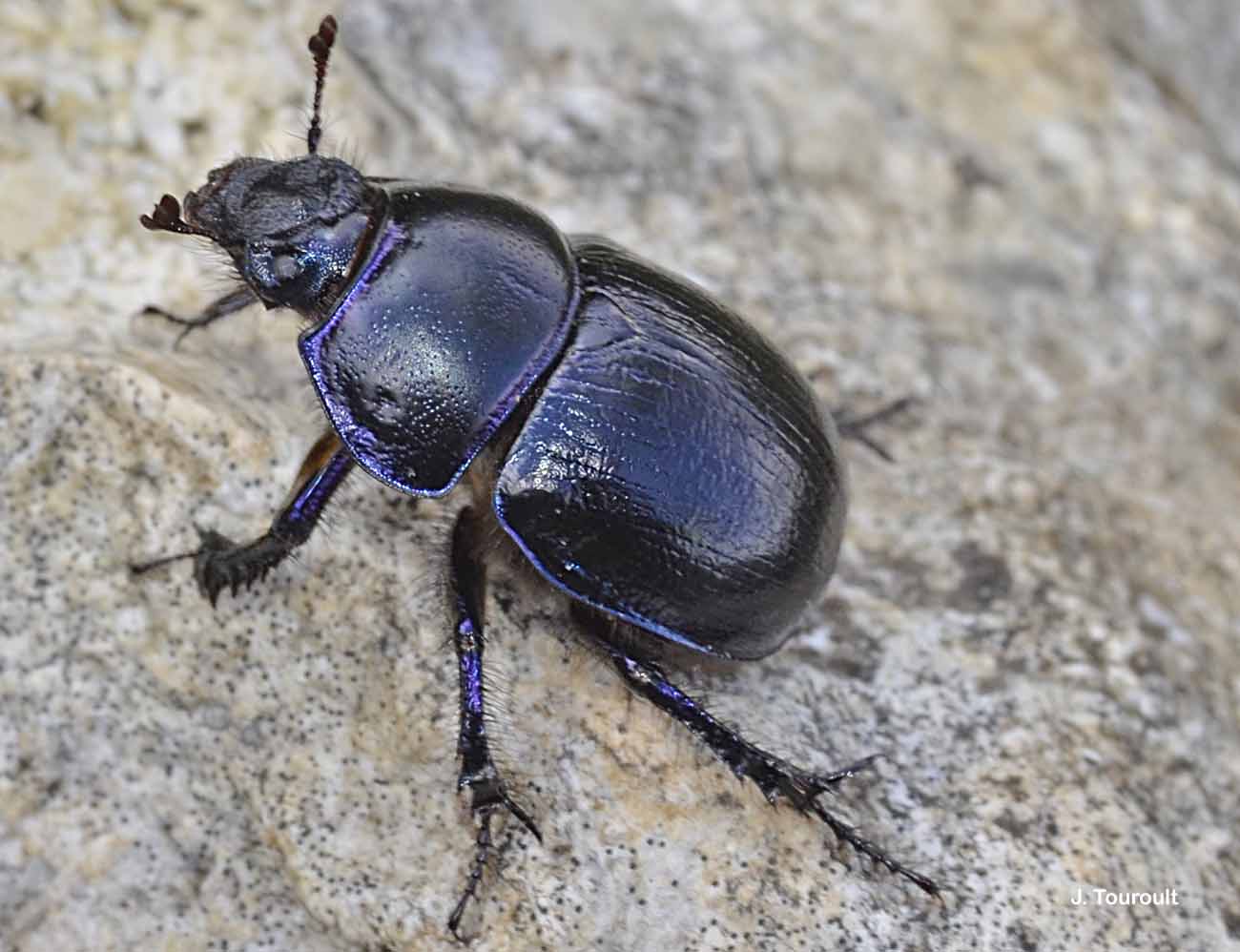
| Author : J. Touroult |
 |
To get the picture, please visit:
Julien TOUROULT
Muséum national d'Histoire naturelle - Service du Patrimoine Naturel
36 rue Geoffroy Saint-Hilaire
CP 41
75 231 PARIS CEDEX 05
e-mail : inpn@mnhn.fr
Despite the Creative Commons license, please inform the author of the use which will be made of his photo
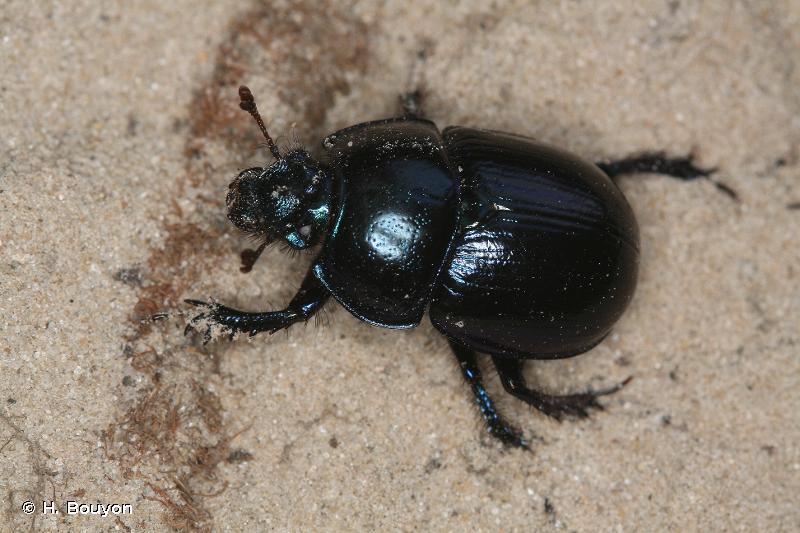
| Author : H. Bouyon |
 |
To get the picture, please visit:
Any reuse of one or more photographs on this site is subject to an authorization request from the author.
Link to the Code of Intellectual Property (Legifrance)
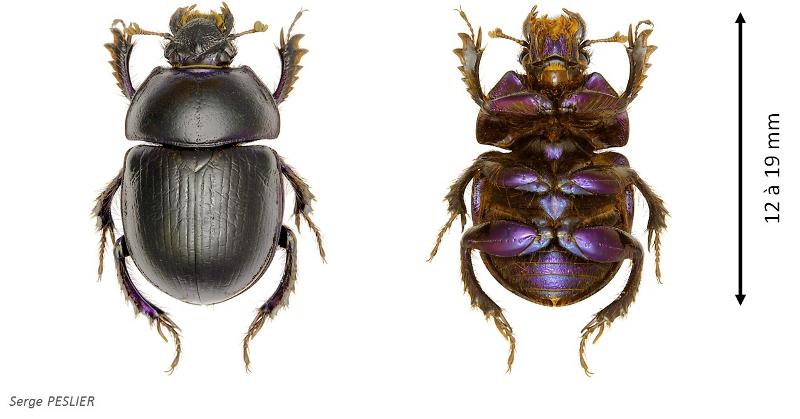
| Author : S. Peslier (A.R.E) |
 |
To get the picture, please visit:
Serge Peslier
r.a.r.e@free.fr
18, rue Lacaze-Duthiers
F - 66 000 Perpignan
Any reuse of one or more photographs on this site is subject to an authorization request from the author.
Link to the Code of Intellectual Property (Legifrance)
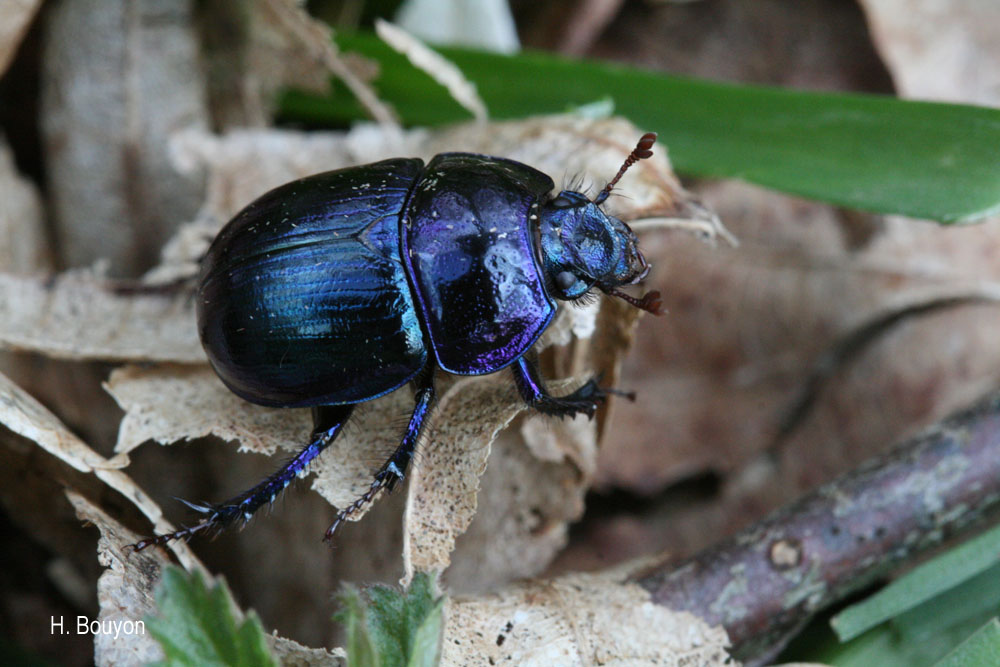
| Author : H.Bouyon |
 |
To get the picture, please visit:
Bouyon Hervé
herve.bouyon@wanadoo.fr
Any reuse of one or more photographs on this site is subject to an authorization request from the author.
Link to the Code of Intellectual Property (Legifrance)
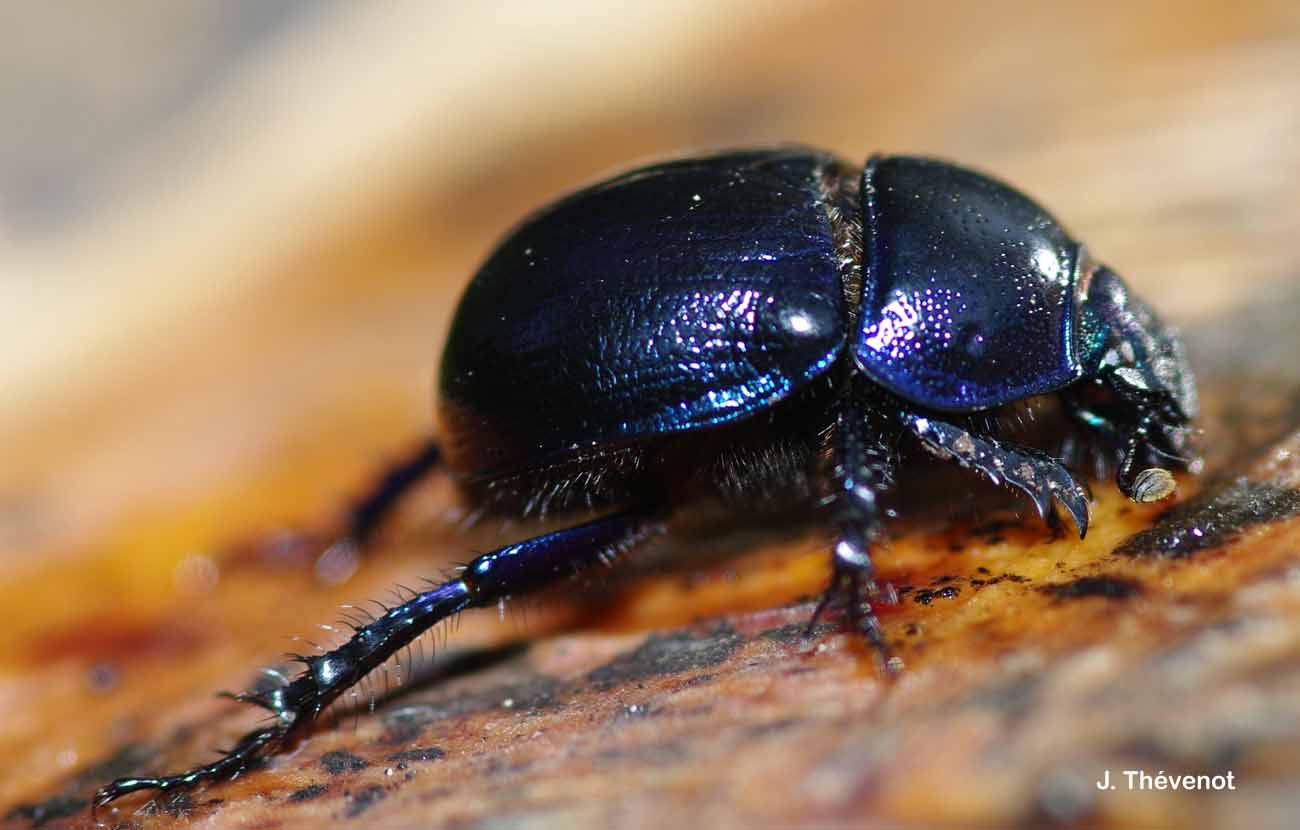
| Author : J. Thévenot |
 |
To get the picture, please visit:
Jessica THEVENOT
Muséum national d'Histoire naturelle - Service du Patrimoine Naturel
36 rue Geoffroy Saint-Hilaire
CP 41
75 231 PARIS CEDEX 05
e-mail : jessicathevenot@gmail.com
Legend: Foret notre Dame 94
Despite the Creative Commons license, please inform the author of the use which will be made of his photo
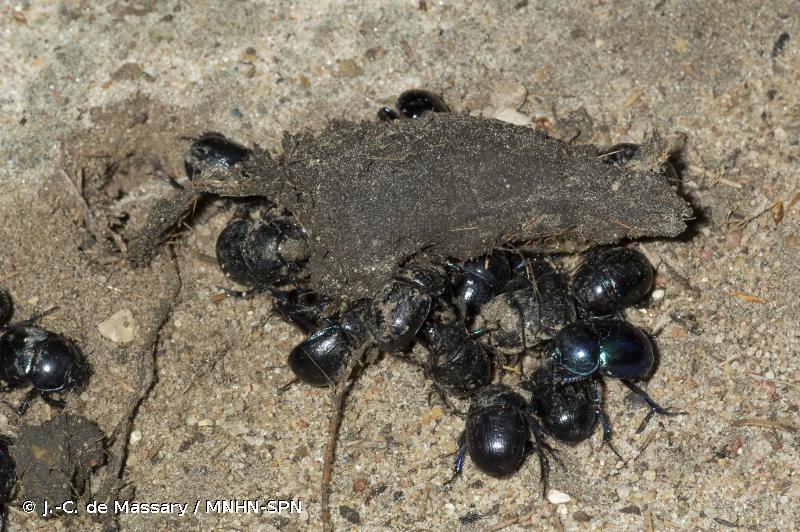
| Author : J.-C. de Massary / MNHN-SPN |
 |
To get the picture, please visit:
MASSARY (de)Jean-Christophe
Muséum national d'Histoire naturelle
Service du Patrimoine Naturel - CP 41
36 rue Geoffroy Saint-Hilaire 75005 PARIS
Despite the Creative Commons license, please inform the author of the use which will be made of his photo
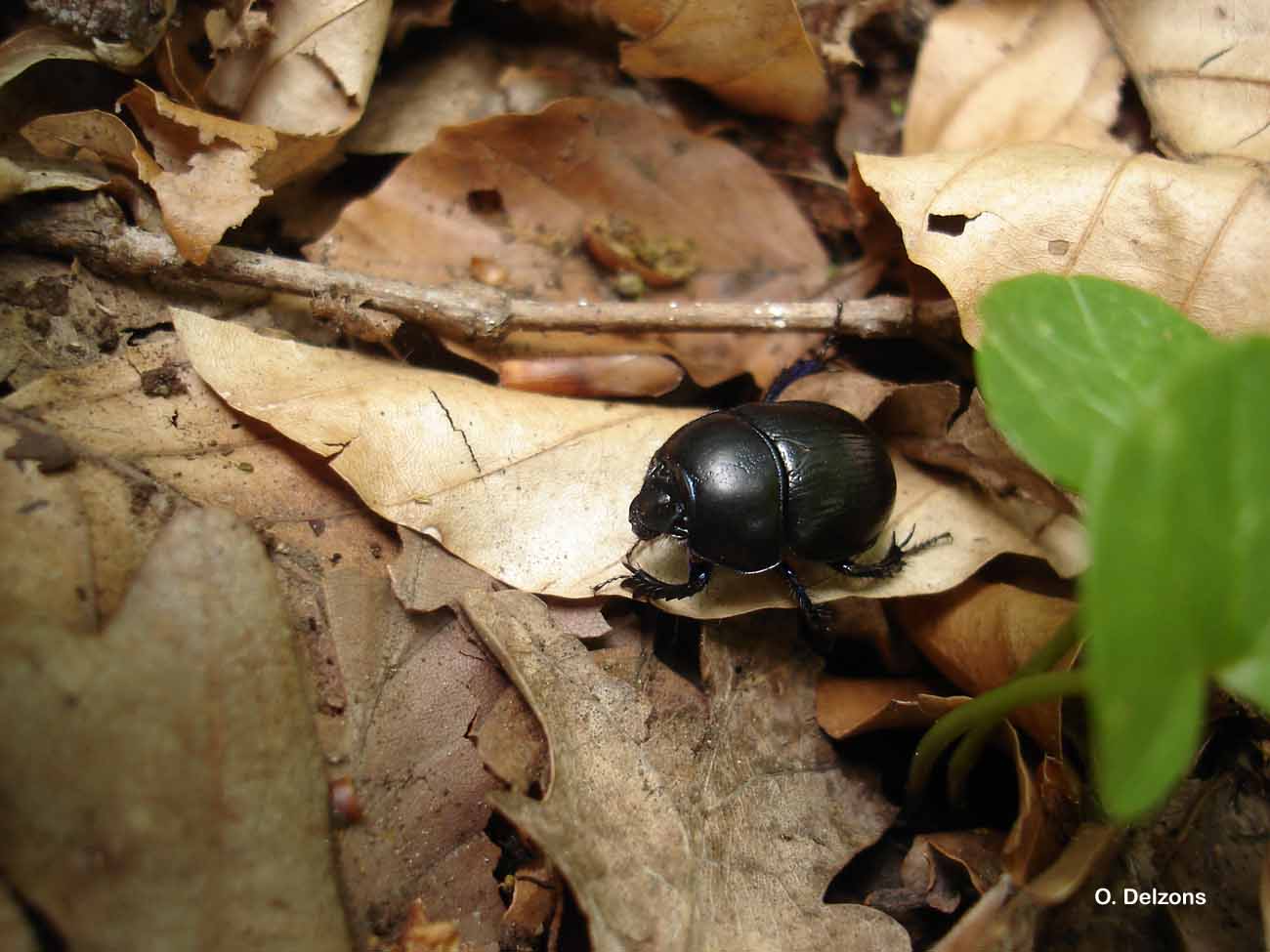
| Author : O. Delzons |
 |
To get the picture, please visit:
Olivier DELZONS
Muséum national d'Histoire naturelle - Service du Patrimoine Naturel
36 rue Geoffroy Saint-Hilaire
CP 41
75 231 PARIS CEDEX 05
e-mail : delzons@mnhn.fr
Despite the Creative Commons license, please inform the author of the use which will be made of his photo
Taille : 12-19 mm
Diagnose :
Corps court et convexe. Noir bleuté sur le dessus; à forts reflets bleu métallique sur le dessous. Élytres à stries fortes. Abdomen ponctué sur toute sa surface. Tibias postérieurs avec deux carènes.
Détermination : Moyennement simple; possible sur photo.
Espèces proches :
Peut être confondu avec les espèces de Geotrupes et Sericotrupes : celles-ci sont généralement de stature plus allongée et présentent trois carènes sur les tibias postérieurs (2 + 1 carène apicale). Les Trypocopris et les Thorectes ont les élytres beaucoup plus lisses. La femelle de Typhoeus n'a pas de reflets bleus.
Période d'observation (adulte) : Pratiquement toute l'année, surtout commun au printemps et en automne.
Biologie-éthologie :
Adultes coprophages et saprophages, à large amplitude. Souvent dans les crottins; dans les champignons à l'automne. Diurne.
Biogéographie et écologie :
Espèce européenne, de zone tempérée à froide, moins répandue voire absente en climat méditerranéen. Espèce préférentiellement forestière, bien que quelques individus puissent être trouvés dans les prairies proches des forêts. Souvent observé en abondance sur les allées forestières.
J. Touroult(UMS 2006 Patrimoine Naturel (AFB / CNRS / MNHN)),2016
Continental
Metropolitan France
Overseas
Marine
Metropolitan France
Overseas
The map presents a summary at the 10 x 10 km grid of the observation data for the species transmitted to the SINP. These data have been subjected to validation filters.
The map presents a reference distribution layer of the species at the scale of departments and marine sectors. The presence and absence data were established by expertise within a network of partners. This reference distribution is used in the validation process of the SINP data at the INPN level.
Corresponds to a report on the basis of at least one observation proved within a period of 10 years (20 years for little-known invertebrates) preceding the year and no presumption of extinction since obtaining the last data nor doubt on reproductive and implemented nature of this population. For migratory species, the presence indicated concerns areas of reproduction.
This status is based on one or more of the following criteria:
This point covers the absence, more difficult by nature to demonstrate than presence. This status is based on one or more of the following criteria:
This status must be assigned to a department in which the presence of the species is casual.
Particular case of absence due to a proven extinction less than a half century ago (older disappearances are treated as "no probable or definite").
In the state of knowledge, we can not comment on the presence or absence in the current department. This is the default status when not comprised in one of the previous categories or whenever there is doubt.
The map shows the global distribution of the species based on GBIF data (Global Biodiversity Information Facility).
